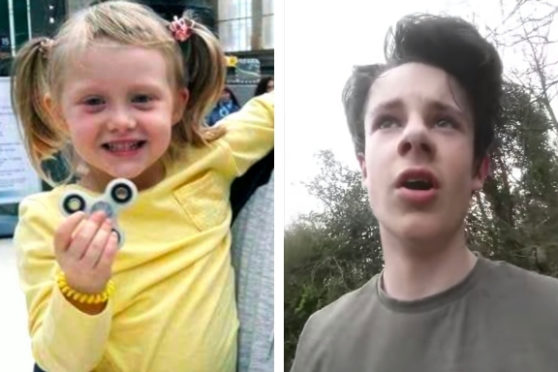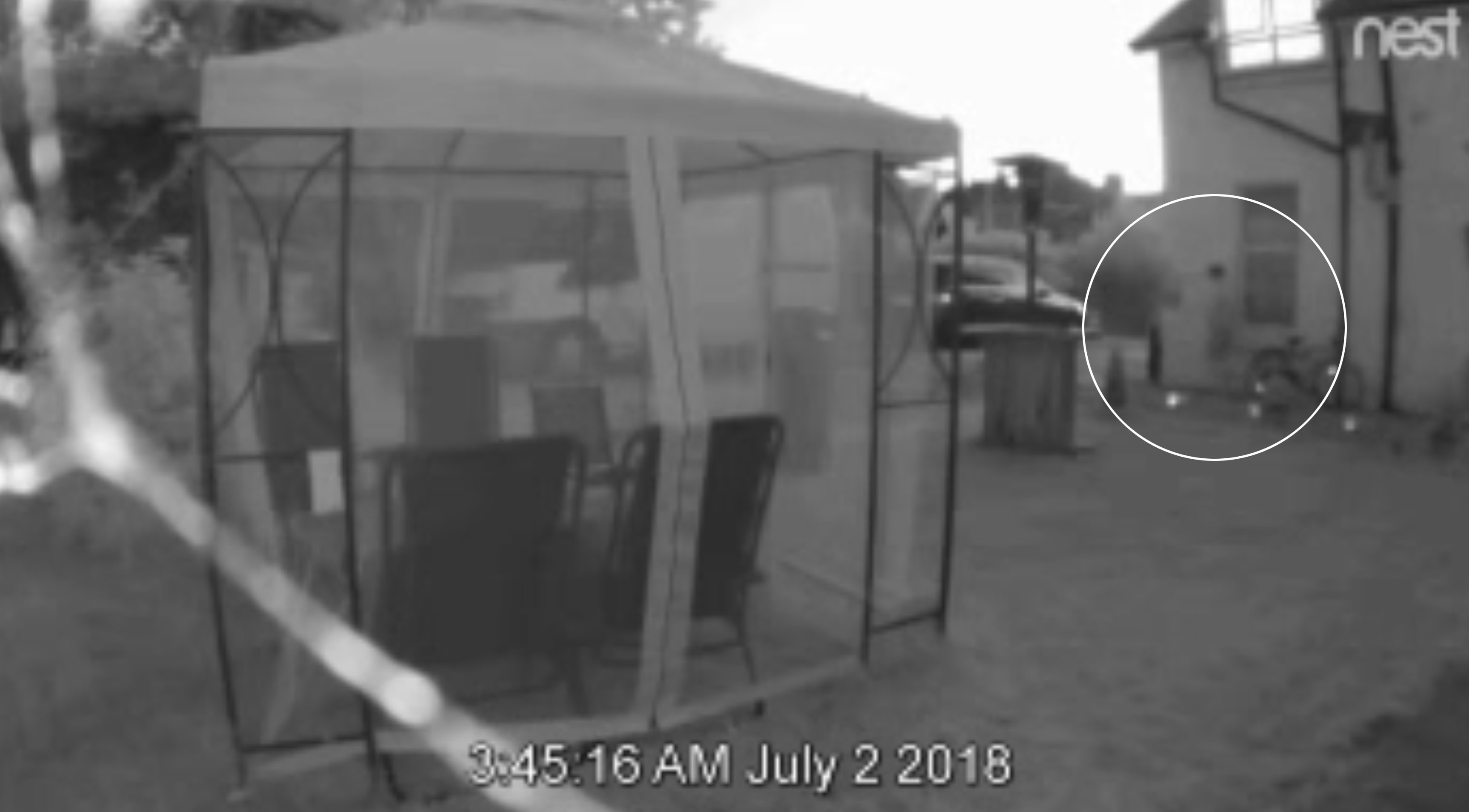
A growing number of teenage boys are committing sexual offences because of the violent and graphic material they are viewing online, experts have warned.
Repeatedly viewing violent sexual images has been shown to rewire the brains of adolescent boys.
Some then go on to act out what they have seen and end up committing sexual offences, according to one of Scotland’s leading experts on the issue.
The National Society for the Prevention of Cruelty to Children (NSPCC) has also revealed that one in three sexual offences against children are committed by another child.
The warning came as it emerged that Aaron Campbell, the 16-year-old convicted last week of raping and murdering six-year-old Alesha MacPhail, had been obsessed with violent computer games and horror films.
Alesha suffered 117 separate injuries, including “catastrophic” sexual injuries, before and after her murder.
Mary Sharpe, chief of educational charity the Reward Foundation, said: “We need to be aware that porn has a very powerful impact on your brain in terms of mental and physical health and what it can do in terms of behaviour.
“It can lead some users to criminal activity.
“Kids aren’t just looking at porn. They’re gaming and there are a lot of violent games too with sexual content. Violent films are popular too.
“If kids don’t learn to put the brakes on impulsive behaviour and act out the violent porn they see online then we are only going to see more of these child-on-child sexual abuse cases.
“There are also boys with no trauma in their childhood and who don’t have psychological problems but their brains are being trained by hardcore pornography to need and want more aggressive or violent sexual interaction.
“There are dozens of studies and research about how it affects the adolescent brain and causes more violence and sexual aggression.”
New police figures show that in 2018 there were 451 people on the sex offenders’ register in Scotland for offences from before they were 18 years old.
This figure includes 135 with a conviction for rape or attempted rape.
Crown Office figures show that 407 Scots youngsters were accused of sex crimes in 2015-16, including 48 under-16s accused of rape or attempted rape.
The number of children reported to prosecutors for sex crimes increased by 21% between 2012 and 2016.
Experts believe that easy access to the most graphic pornographic images is fuelling the rise in young people – the vast majority of them boys – committing sex offences.
The charity Childline has also found a significant increase in the number of children seeking help for peer-on-peer abuse.
It held 3,878 counselling sessions with young people across the UK about children abusing other children in 2017-18, up 29% on the previous year. Experts at the Reward Foundation, an Edinburgh-based group that examines the impact of internet pornography on health, relationships and criminality, warned that sexual aggression and offending is being fuelled by children viewing hardcore sexual images.
Scientific research has shown that hardcore pornography can affect the brain chemistry of adolescent boys, meaning they are more prone to impulsive behaviour.
Those aged between 12 and 14 are most vulnerable to the damaging impact of violent sexual images.
Ms Sharpe, an advocate and academic, believes that simply educating children about consent and respect is not enough.
She regularly visits schools to give talks on issues such as sexting and said every child has a smart phone or tablet.
She said: “A lot of people think you just teach them about consent and respect and all will be well but that is totally insufficient.
“Pornography is training the brain at a deep level.
“If they’re looking at hours of hardcore violent pornography day in, day out, month in, month out, over years, this seriously rewires their brain.
“A one-off lesson on consent and respect is not enough.
“What people don’t appreciate is how pornography changes their brain.
“Whether or not its considered a moral issue, it’s certainly a health issue. It’s bad for them because it’s rewiring their brain at a critical stage of their sexual development.
“Around puberty, with sexual emergence, the brain is ready to learn about sex and what kids are looking at with the internet is violent, hardcore porn.
“It’s sexually conditioning their brain at a very vulnerable stage of brain development to want and to need the high levels of sexual stimulation that hardcore pornography offers. “It’s not Playboy with erotic images of women, it’s hundreds and thousands of short videos which cut to the chase.
“As the brain desensitises to the softcore stuff they are looking at more hardcore material and over time the brain starts to need that. They need that level of arousal to feel anything.
“A lot of kids are acting out what they see and that’s what they think normality is.
“One of the problems is when people become compulsive users the brain desensitises to the low-level porn and they need something more shocking, more edgy, just to get the high.
“With drugs you need more of the same but with porn you need new, different and edgier.
“So the adrenaline mixes with neurochemicals that give them a bigger sexual high, so this is why for some people it’s driving them to child abuse material.
“We believe ready access to hardcore pornography is contributing to a rise in child-on-child sex abuse because every school we go into, 100% of kids have smart phones or tablets.
“It’s easy access and they think it’s anonymous so it’s free fun.”
Ms Sharpe also warned that engaging in illegal behaviour like sexting – or sharing sexual images – can lead to lifelong implications for perpetrators as well as victims.

Enjoy the convenience of having The Sunday Post delivered as a digital ePaper straight to your smartphone, tablet or computer.
Subscribe for only £5.49 a month and enjoy all the benefits of the printed paper as a digital replica.
Subscribe
